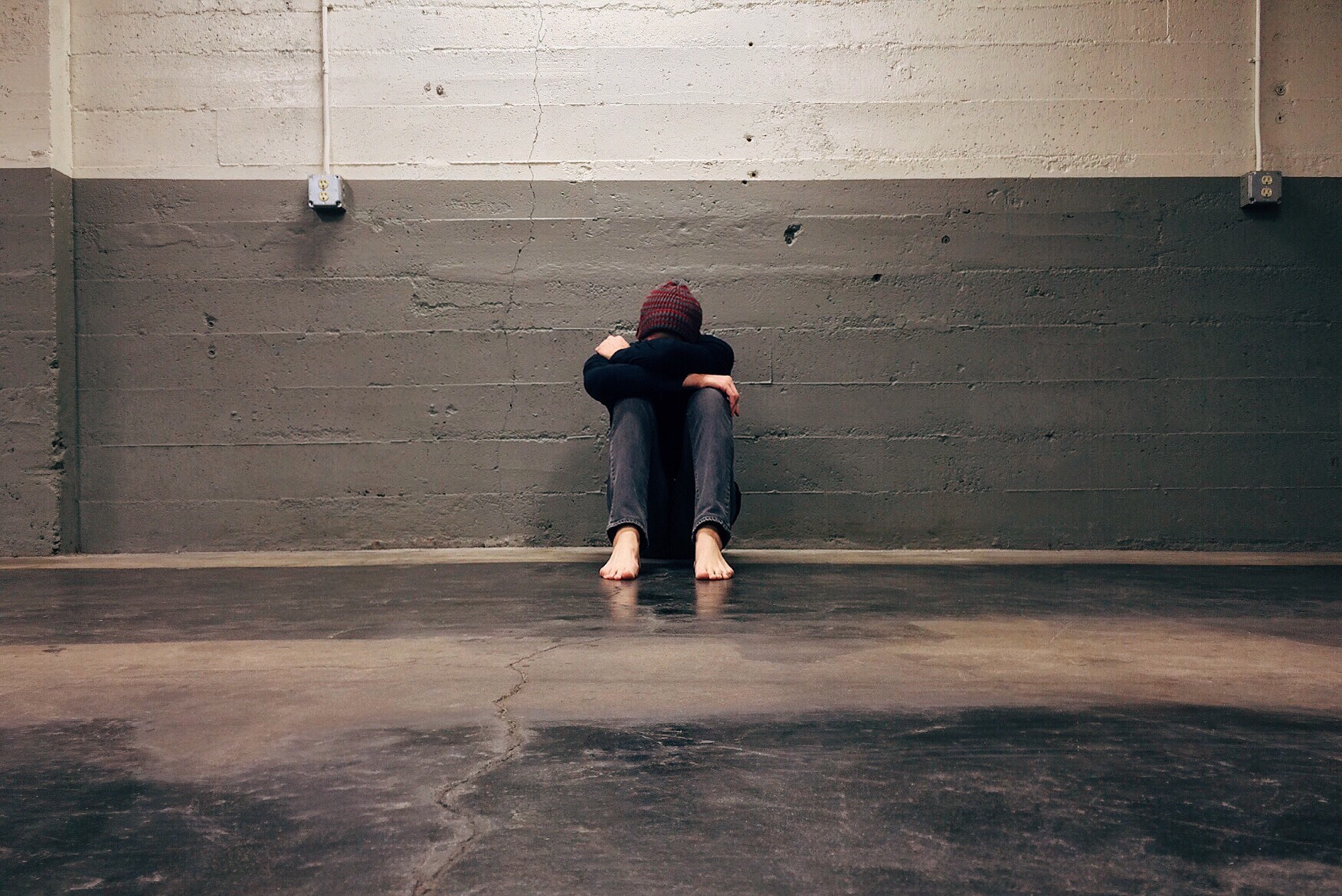
Substance use disorders are on the rise. According to a recent report, 7.74% of American adults reported having a substance use disorder in the past year. The majority of these adults suffered from alcoholism. 4.08% of American youth reported a substance use issue in the past year. It is worth noting that a substance use disorder is different from a person who experiments with alcohol or recreational drugs from time to time. When a person reports a pattern of substance use that leads to clinically significant impairment or distress, they meet the criteria of a substance use disorder. The pandemic accelerated harmful patterns of drug and alcohol abuse – in the fall of 2020, 15.1% of adults reported new or increased substance use to cope with the stress, grief, and isolation caused by COVID-19. Compared with 2019, 2020 saw a 29% uptick in deaths by overdose. These statistics reveal a very concerning trend that impacts families and children of parents with a substance use disorder – notably, teens.
It is not unusual for teens to experiment with drugs and alcohol. This behavior is risky because young people struggle to connect what they do today with future consequences. Add to that the feeling of escape and freedom that comes with trying new things, plus the youthful inclination to feel invincible, and the slippery slope between experimenting and abuse is easy to see. In reality, once a teen begins consuming alcohol or using illicit drugs, they are far more likely to suffer from a substance use disorder later in their life.
Drugs and alcohol have lasting health effects, especially on young people. Substances can impair teens’ growth, notably delaying cognitive function and brain health. In addition to creating possible patterns of addiction, substance use can also lead to later health problems, including heart disease, high blood pressure, and sleep disorders. More immediately, substance use puts teens at risk of poor academic performance, impaired judgment, accidents, unsafe sex, and violence. In combination with common mental health disorders such as anxiety and depression, substance abuse can lead to suicide. While some adolescents are content to experiment once or twice or consume substances socially without becoming dependent on them, others will fall into addiction patterns and move on to more dangerous drugs. Teens who are at an increased risk for substance use issues tend to have a family history of addiction or are depressed, unmotivated and lack confidence. Teens who struggle to fit in socially are also more likely to abuse drugs and alcohol.
Teen drug and alcohol abuse is on the rise. Alcohol, marijuana, and tobacco are the most commonly used substances among adolescents. About two-thirds of American students have experimented with alcohol by the end of high school. By the time they reach 12th grade, almost 50% of students report trying illicit drugs at least once. Nearly 20% of high schoolers have tried a prescription drug without a prescription. 11% of overdose deaths occur in young people ages 15-24. This age group is by far at the highest risk for destructive behavior related to drug use, with dire consequences. Teens are most likely to abuse marijuana, hallucinogens, and tranquilizers. Opioids and amphetamines are also highly concerning drugs that are not prevalent among youth but are increasingly problematic. There has been a 500% increase in opioid-related deaths among 15-24-year-olds in the last 25 years. Teens and young adults even more commonly abuse alcohol. Nearly 12% of 18-25-year-olds reported binge drinking in the last month. By 12th grade, about 62% of teens report having abused alcohol.
Educators and parents should keep an eye out for telltale signs that a teen is engaging in frequent substance use. Physical symptoms might include excessive tiredness, lack of focus, or coughing. Other warning signs are socio-emotional, such as mood changes, depression, disengagement, a lack of interest in school, withdrawal from family situations, and shifts in a teen’s friend group.
The older children get, the more likely they will experiment with alcohol, tobacco, or other drugs. Some children might begin exploring substances as early as age 9 when children start to view alcohol in a more positive way. Ideally, educators, mental health care providers, and parents should begin having conversations with children about drugs and alcohol well before they are exposed to these substances. The exact age to start having these conversations depends on a child’s social context and upbringing. Still, it is safe to say that by the time a child reaches fifth grade, they are ready to start learning about the risks associated with alcohol and illicit drugs.
Here are some tips for parents and other adults to consider when educating children about alcohol and drugs:
- Talk to children directly, honestly, and consistently. The more you level with them, the more likely they will respect your perspective and advice about alcohol and drug use.
- Be mindful of a child’s tendency to avoid conversations about substances. Parents may find themselves introducing new information, especially in situations where these topics have not yet been taught in school. Don’t be concerned about sounding too basic or repeating yourself – repetition is helpful for the learning process, and hearing things repeatedly is a practical way for children to establish their values, learn to be a parent’s example, and set healthy boundaries.
- Help children see the connections between avoiding substances and living a healthy life. As early as age three, children begin to cultivate an understanding of their bodies, what feels good, and dangers that they should avoid. Reinforce their interest in health by helping them associate positive, energetic feelings with physical wellness.
- Be aware of social and cultural influences. Tobacco, alcohol, and drug use are prevalent in television, movies, and social media. Whenever you are aware of a scene or post that is popular among teens or children and involves alcohol or drug use, be ready to talk about it immediately. Acknowledge that social situations are likely to come up where young people have access to substances and set clear rules around how they should behave. Set rules, and explain why you’re doing so. Give children the self-confidence they need to buffer against peer pressure.
- Be a good role model, and demonstrate healthy habits. Children are keen observers and will spot inconsistencies in what their parents say and do. If you have a family history of substance abuse, it is especially important to present an alternative in your actions and advice. Building their sense of maturity can inspire children and teens to express their values rather than cave to social pressure.
This year, Maryvale will unveil a new program to provide intensive services for youth suffering from substance use disorders. Our mental health, substance abuse, and dual diagnosis treatment program will provide an outpatient setting with multiple levels of care, depending on the severity of the case. We will also offer an individualized treatment plan and therapy for individuals, groups, and families. Get in touch if you’re interested in learning more about our dual diagnosis program.






